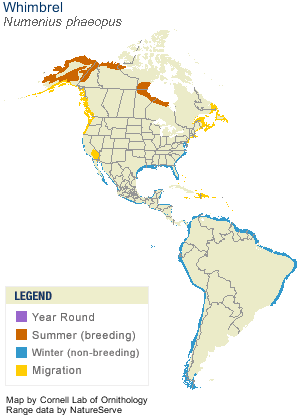Fortunately the male Baltimore Oriole that's been around for a few weeks showed itself nicely yesterday. I dipped on it last weekend after two hours of scouring the area it had been seen. I only had an hour to look for it Saturday morning, but spotted it right away. It moved around a lot from tree to tree but gave a few of us great looks in the morning light. Handsome dude!
 |
| lifer Baltimore Oriole, Sweetwater Wetlands |

Back at the end of September I found this scene at a nearby flood-control basin.
 |
| Sam Lena Park/Kino Ecosystem Restoration Project |
One of the most common birds in the world, Cattle Egrets are rare year-round here. They were a nice surprise! Also invited to the party were Great Egrets, Neotropic Cormorants, and Least Sandpipers. By sheer dumb-luck this photo was selected by the Flickr algorithm for its Explore page and has over 16,000 views. I took it solely for documentation purposes so it's funny how that happened. My girls think of views on Instagram or YouTube as cool points, so it was nice for them to think of me as cool... for a minute.
Here are a few others from the same location.
 |
| Barn Swallow |
 |
| Osprey |
 |
| Osprey |
Burrowing Owls are always a treat to see,
as are the abundant Vermilion Flycatchers around town.
 |
| Reid Park |
For some reason, McCormick Park is a rare sapsucker magnet. Must be the sap, duh! It recently produced these two suckers.
 |
| Red-breasted Sapsucker |
 |
| immature Yellow-bellied Sapsucker showing red head feathers |
That's all for now friends, hope to be back soon!









































+%235.jpg)
+%236.jpg)





